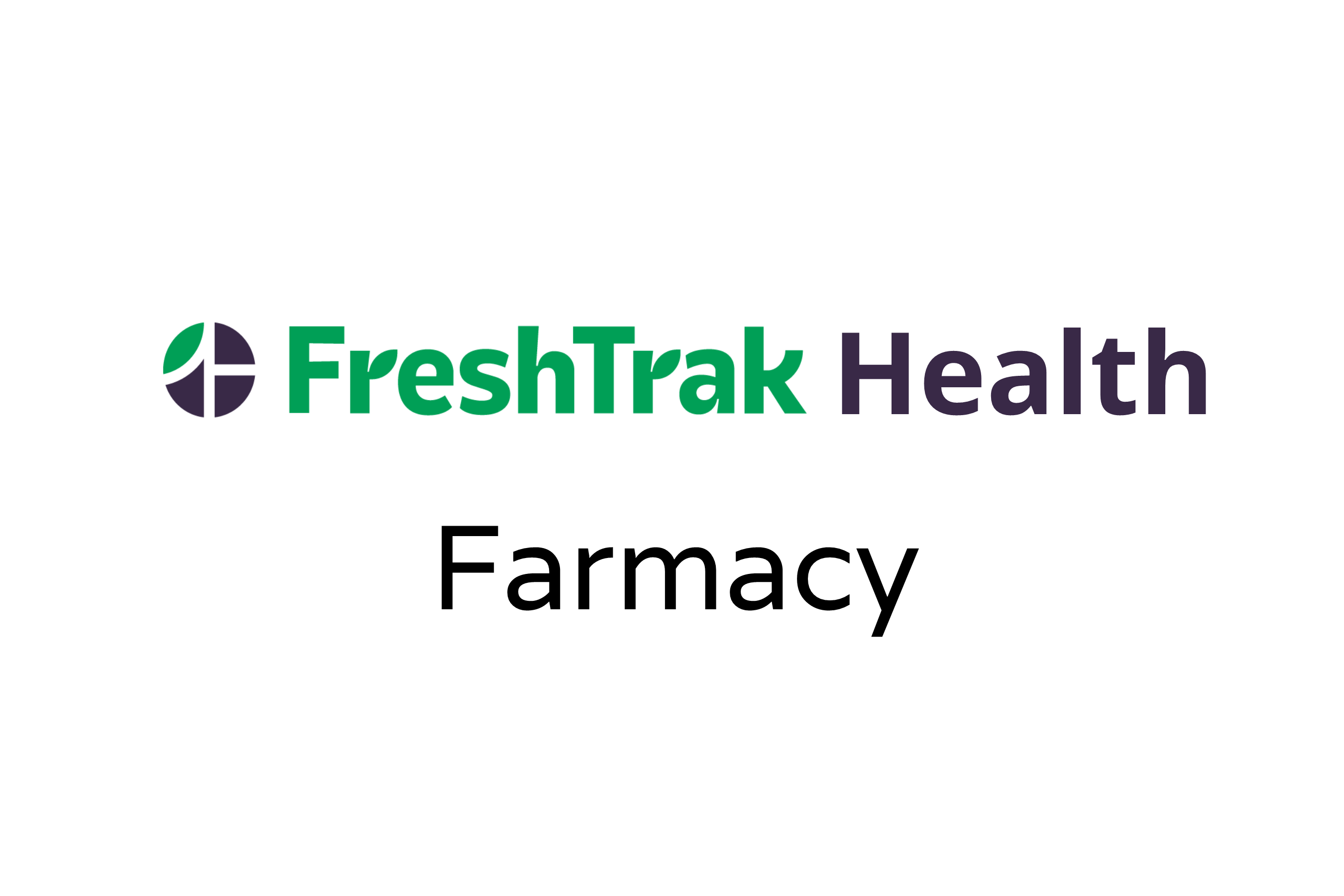You are what you eat!
How many of us have heard the phrase “you are what you eat”? I remember hearing this as a kid and thinking “will I turn into spaghetti and meatballs?” Understanding what that phrase actually means, we understand that the things you eat can affect how your body feels and works. A more digestible version of that phrase might be “food is health,” – eating healthy foods can improve your physical health and well-being. While this is true across the board, it is of particular importance for folks who struggle with food insecurity and who as a result are at higher risk of developing chronic diseases. For example:
- The risk of clinical diabetes is nearly 50% higher among adults living in food-insecure households compared with adults living in food-secure households.[1]
- Adults from food-insecure households had a 21% higher risk of clinical hypertension than adults from food-secure households.[2]
- Food-insecure adults had 32% increased odds of being obese compared to food-secure adults.[3]
The good news? Eating more fresh fruits and vegetables, especially for people who have diabetes, high blood pressure, and struggle with obesity, can improve health and save money on health care costs for families and the health system at large.
At the Mid-Ohio Food Collective (MOFC), we are committed to promoting food as health across all of our work. One asset of our work is the Mid-Ohio Farmacy, a data driven initiative based on the research that tell us food is medicine – what we eat is part of what helps us stay healthy. For our customers, research shows that a byproduct of being food insecure, puts them at a higher risk for developing any of a number of chronic diseases like diabetes, high blood pressure, and obesity. As such, Mid-Ohio Farmacy was created as a bridge between the Mid-Ohio Foodbank and healthcare providers with two goals in mind: help food-insecure patients access foods needed for better health and improve health outcomes for individuals and families. We currently work with Federally Qualified Health Clinics (FQHCs), Insurers, and health systems across Ohio to achieve these goals. We have enrolled over 20,000 patients to date.
Mid-Ohio Farmacy: How it works
Social Determinants of Health (SDOH) – such as access to education, food, safe/stable housing – contribute to 80% of a patient’s overall health outcomes. SDOH screening by health care providers and referrals to social service providers has traditionally been unidirectional without a closed loop system to verify connections back to health providers. Mid-Ohio Farmacy sought to change that and bring health providers, patients, and food bank agency partners together to improve health and address food insecurity, specifically through access to produce.
With this in mind, a process was designed where food insecurity screening and documentation was systematically added to the regular clinic workflow in a healthcare setting, with the goal of establishing a way to screen for and address food insecurity. If a patient screens as food-insecure in their healthcare provider setting, they are asked if they’d like to be referred into the Farmacy program. Patients who have joined Mid-Ohio Farmacy get a membership card from their doctor with a unique patient ID number and can use that to pick up fresh fruits and vegetables one time each week at Mid-Ohio Farmacy food pantries for their entire household.
Additionally, FreshTrak is utilized to close the loop between the clinic electronic medical record (EMR) and Mid-Ohio Foodbank to allow for a trackable referral between the healthcare provider and the food pantry. Once patients who have become Farmacy members access services at an agency partner, data on frequency of use is accessible to health partners to assess the impact of food access on health outcomes.
Farmacy patients also have access to a website. Here they can see all of the locations where they can go get food, access healthy recipes, get connected to healthcare and insurance providers, and find resources on how to manage diabetes, heart disease, and other chronic conditions. Patients can also sign up for weekly text messages that remind them about where to access food, and provide additional “food is health” content. COVID 19 has presented a new challenge for the Farmacy program as patients are utilizing telemedicine more and more. We’ve adapted with some of our larger partners to enroll folks using an online system and are finding new and creative ways to get healthy food to people to improve health outcomes.
[1] Seligman, Hilary K et al. “Food insecurity is associated with chronic disease among low-income NHANES participants.” The Journal of nutrition vol. 140,2 (2010): 304-10. doi:10.3945/jn.109.112573
[2] Seligman, Hilary K et al. “Food insecurity is associated with chronic disease among low-income NHANES participants.” The Journal of nutrition vol. 140,2 (2010): 304-10. doi:10.3945/jn.109.112573
[3] Pan, Liping et al. “Food insecurity is associated with obesity among US adults in 12 states.” Journal of the Academy of Nutrition and Dietetics vol. 112,9 (2012): 1403-1409. doi:10.1016/j.jand.2012.06.011

